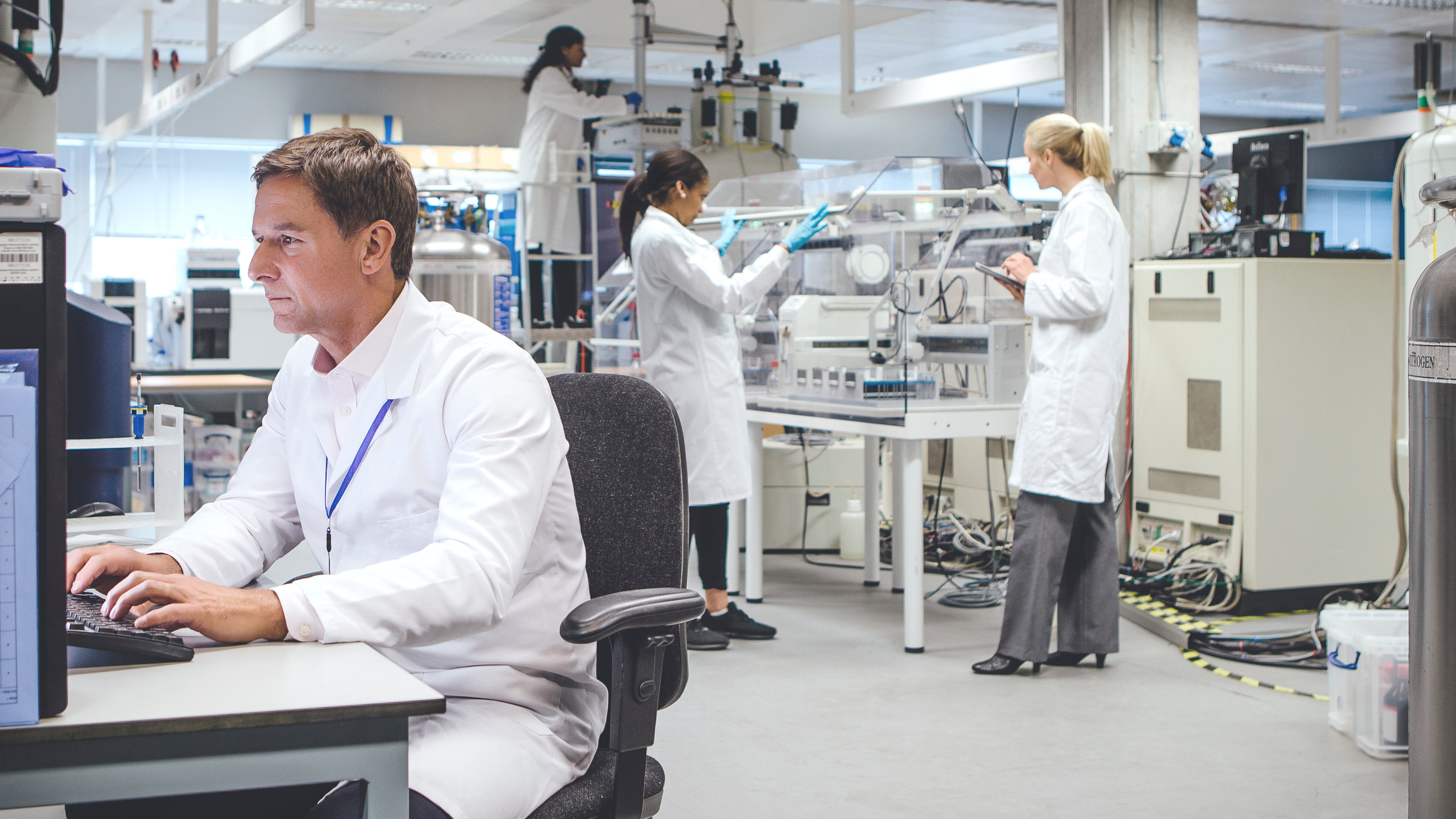Natural climatic equipment stress factors
Climatic test for special use
Climatic tests for touchscreens that simulate the natural climate recreate the characteristic processes in the atmosphere for the specific location of a touchscreen.
Natural Device Stressors
The natural climatic stressors acting on a device are:
- Rain
- extreme humidity,
- aggressive corrosive gases,
- dust pollution,
- Wind
- Atmospheric pressure
- Mould
- Insolation
- insect and rodent infestation,
- extreme temperature fluctuations.
The stress factors caused by the natural climate are subject to a cyclical change between day and night. In addition, climate tests must take sufficient account of long-term, cyclical changes in the seasons.
On the other hand, it is important to tailor the environmental simulation exactly to the place of use, after all, the climate zones and thus the occurrence and intensity of the individual stress factors are completely different worldwide.
Optimal quality for long-lasting touchscreens
Sunlight, rain and extreme humidity must be given special consideration when designing and constructing a touchscreen.
For example, very intense sunlight can lead to extreme temperatures within the touch system as well as to very rapid embrittlement of the material. If the design of a touch screen or the quality of the seals is not optimized for the stresses caused by rain or extreme humidity, the operability of the entire system is significantly endangered.
The interactions of several stress factors can significantly increase their effect.
Time-saving and inexpensive
The high level of competence of Interelectronix in the field of environmental simulation tests is proven in the exact analysis of the expected climatic influencing factors for each location and the associated application of suitable climate tests.
The use of site-specific climate testing as early as the development phase is a time-saving and cost-effective way to develop high-quality and durable touchscreens that are precisely tailored to the expected climatic conditions.
As standard, Interelectronix offers a high-quality resistive touchscreen with its patented ULTRA GFG Touch, which is 100% waterproof and ideal for use in climatically demanding regions.
Strong sunlight can cause temperatures of up to 90° C inside a system and thus significantly limit the functionality of the touch panel. Touch systems are protected from extreme sunlight through the use of high-quality infrared filters that block out a large part of the heat-causing solar radiation.
An essential part of the climate tests is the testing of the sealing materials for suitability for the planned location. Seals must reliably protect the interior of a touch system from moisture, dust, corrosive gases and chemicals over its entire life cycle.
Stressors of harsh environments
Depending on the climate zone, the seals are sometimes subject to extreme climatic stress factors, caused, among other things, by high solar radiation, extreme temperatures and strong temperature fluctuations as well as mold or vermin infestation.
In many climate zones, these stress factors occur in combination and sometimes permanently. This requires very special seals and constructions that ensure the operability of a touch system for its entire service life.
Environmental simulation tests specially tailored to the climate zone in question enable the construction of high-quality touchscreens and touch systems that work permanently and error-free even under unusual climatic situations.
